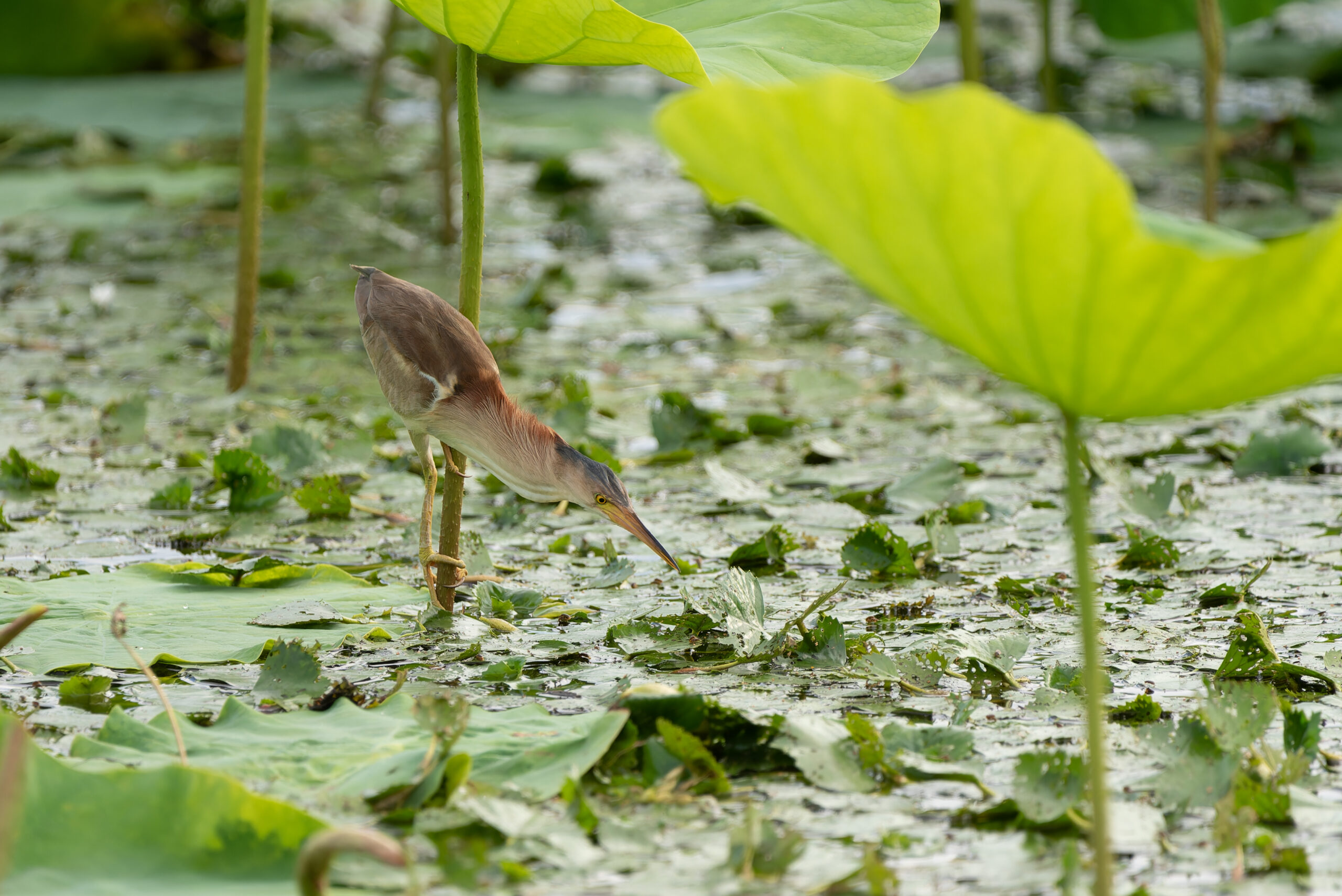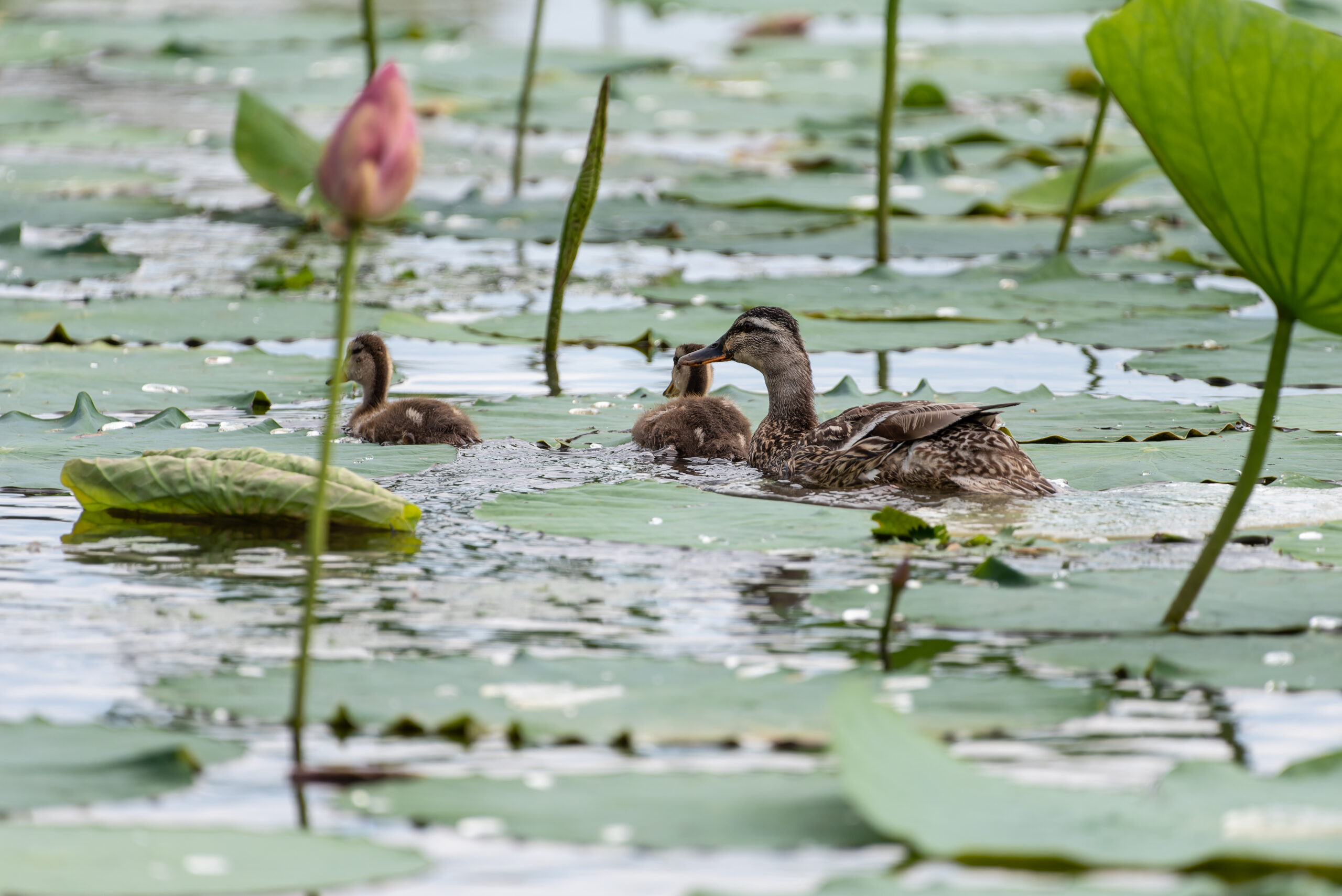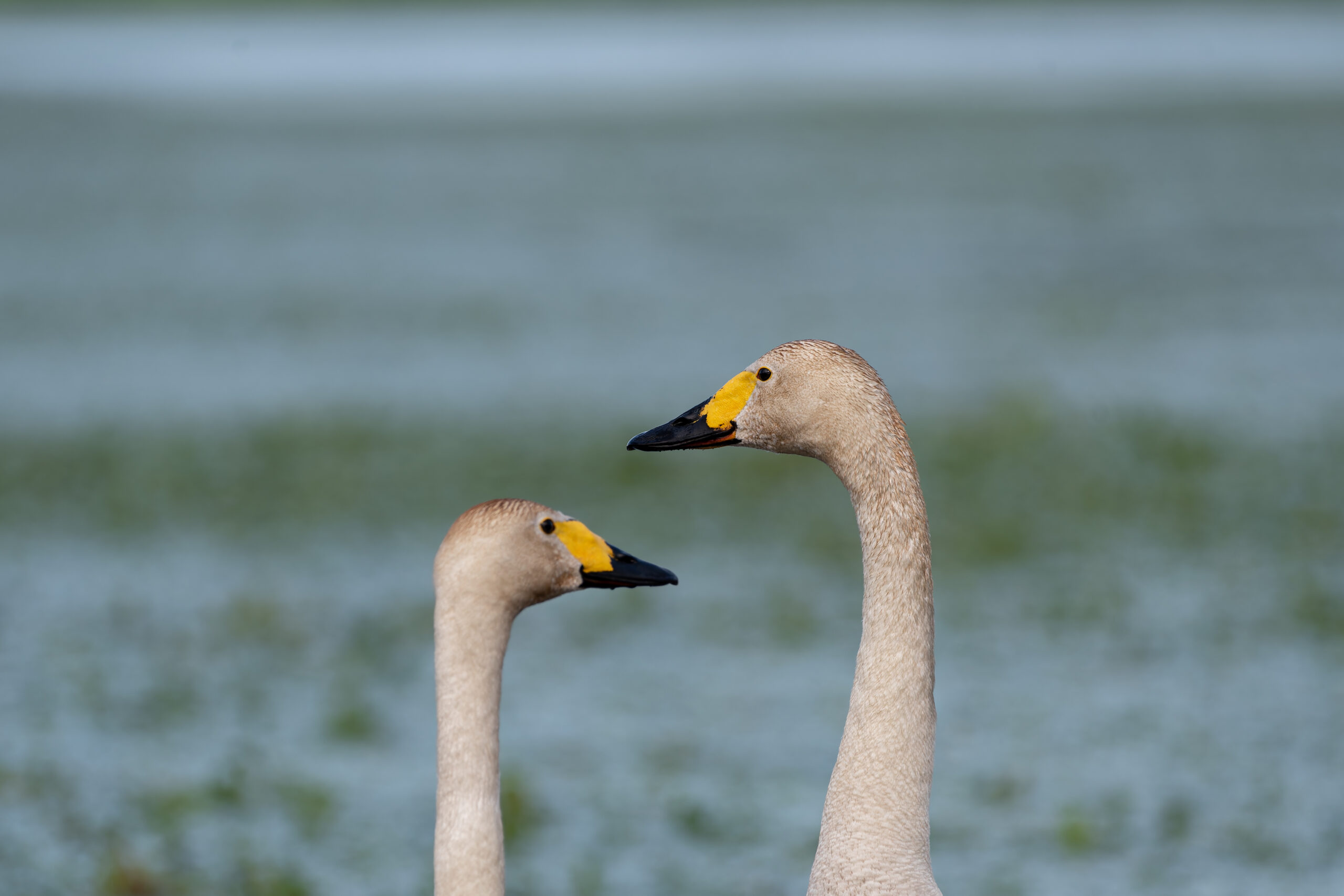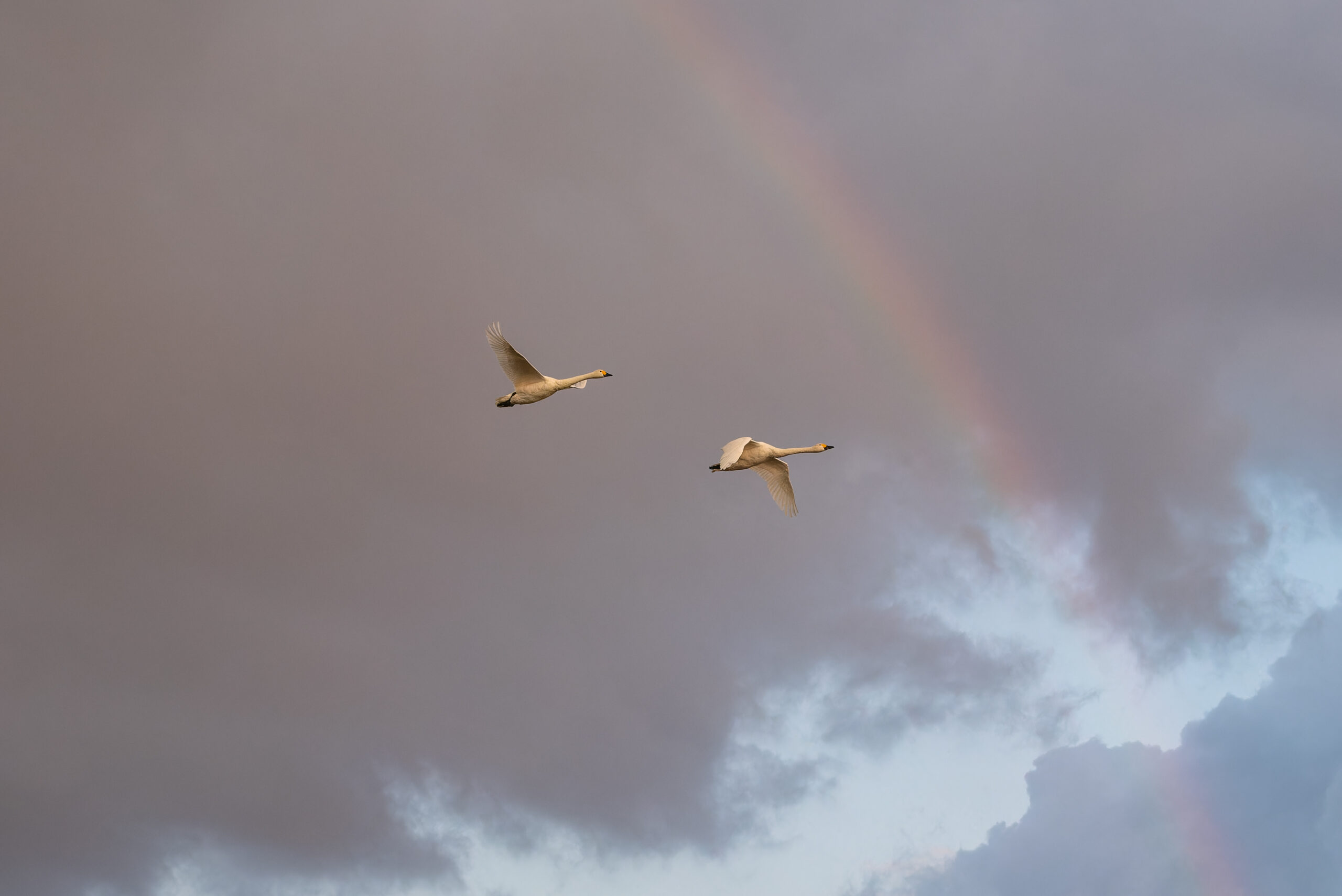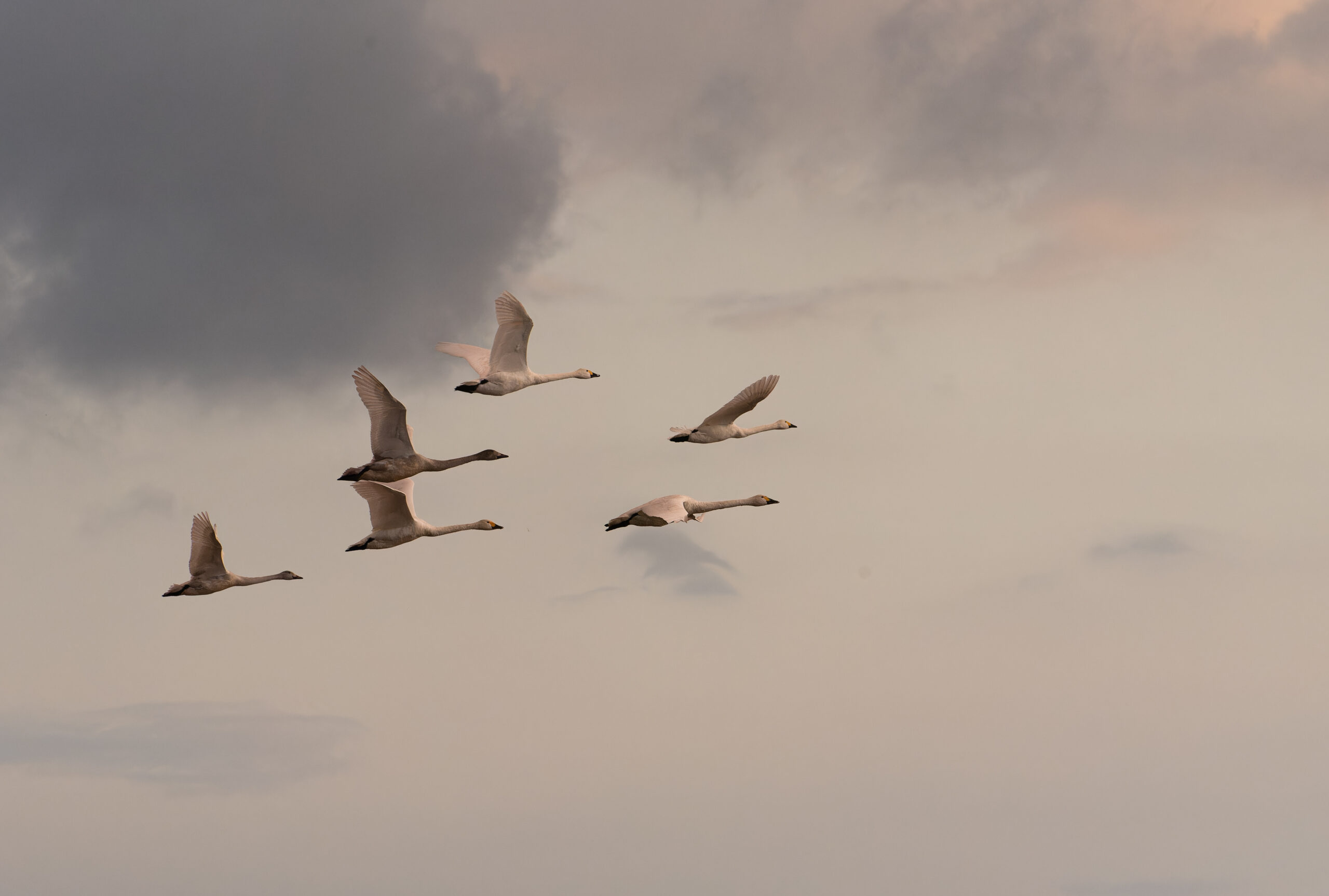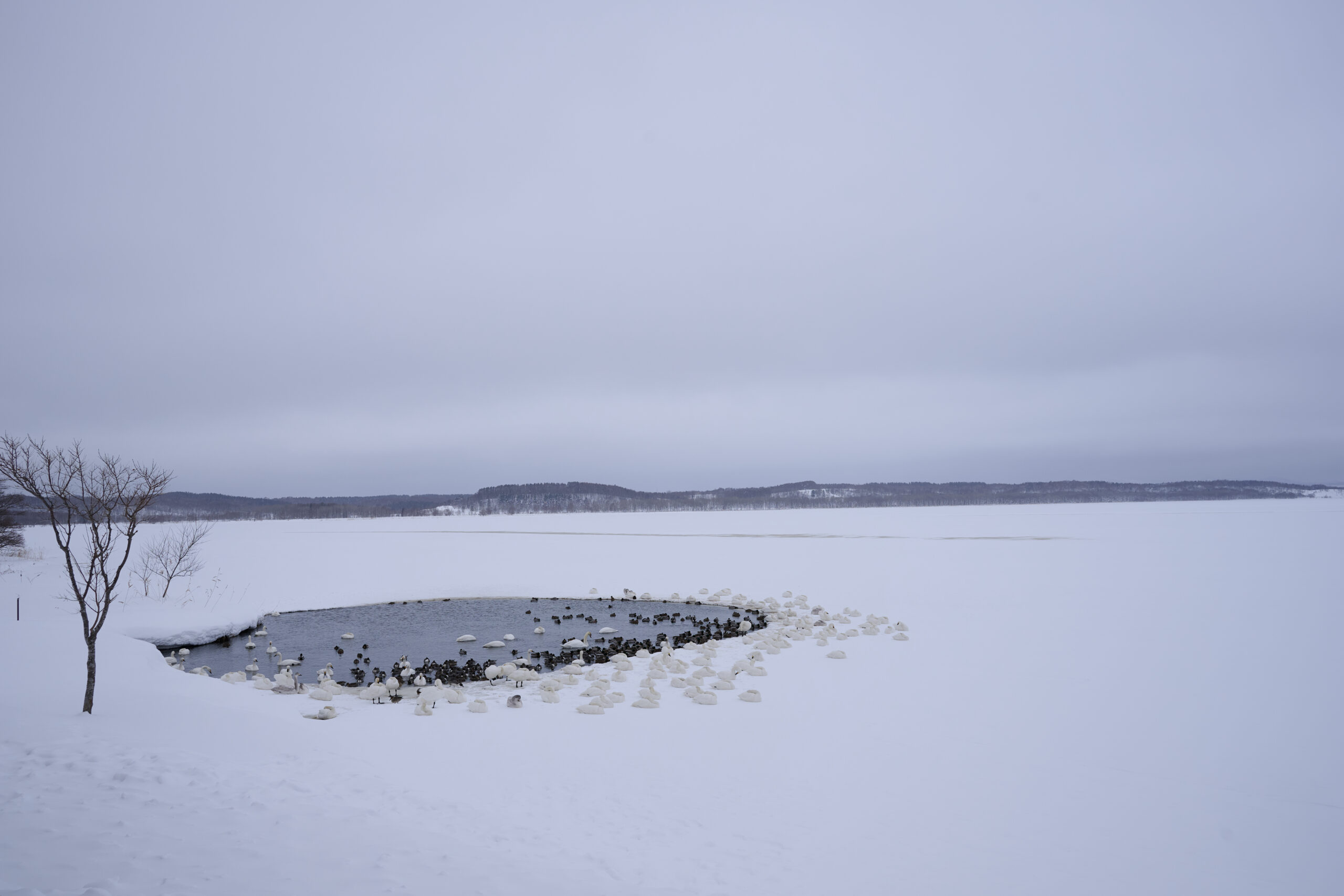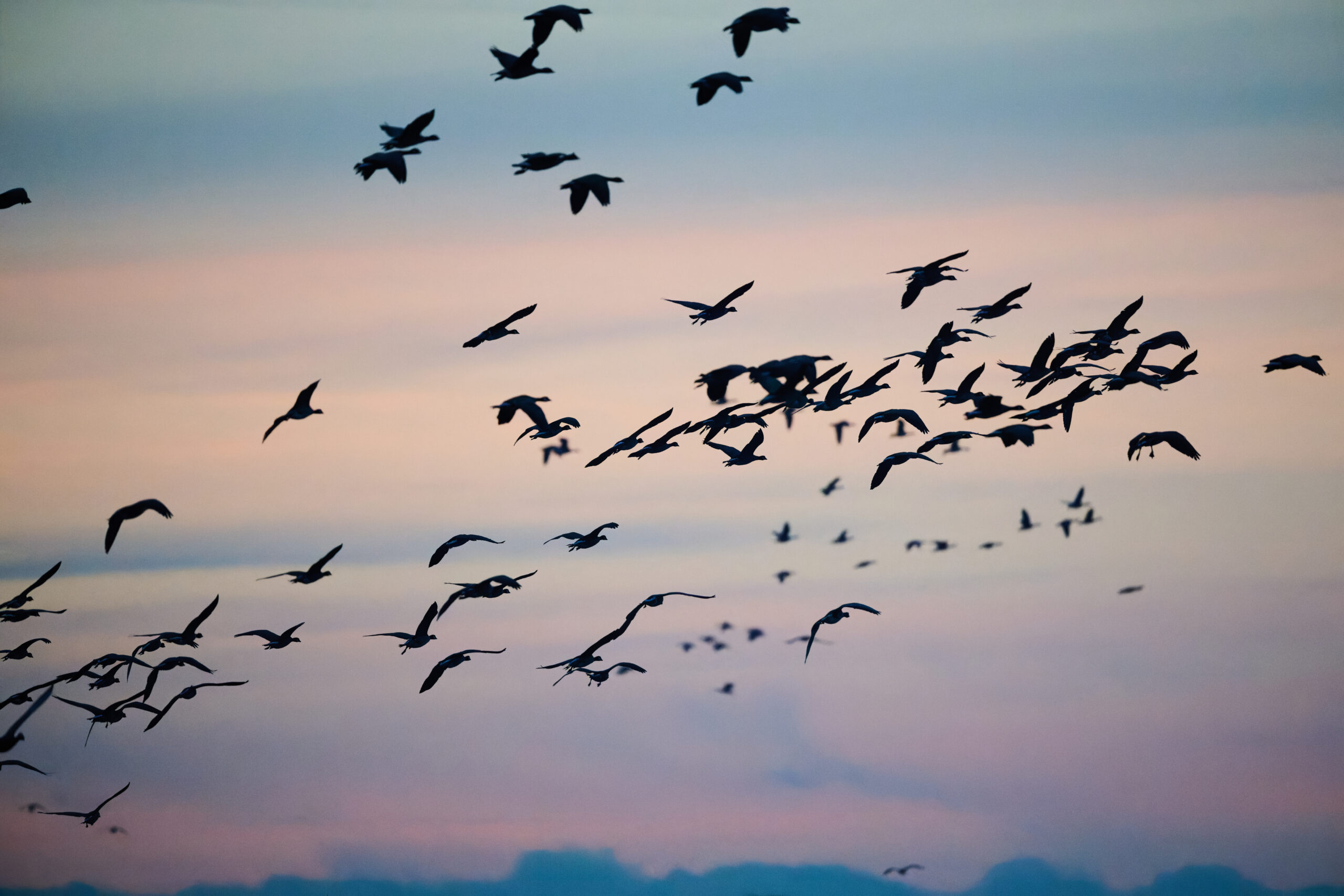An artificial lake located in Niigata, Japan, where whooper swans and Tundra swans fly to. Many swans overwinter here from early October to late March, and as many as 6,000 swans fly here in late November. Originally created as an irrigation pond, the area was registered as a Ramsar Convention-listed wetland in 2008 after swans were successfully fed and the number of swans flying here increased. The sight of the swans flying away early in the morning in search of food and returning around sunset is quite a sight to behold. The swans in winter are famous, but in summer, lotuses are in full bloom and little bittern migrating from Southeast Asia can be seen.
summer: little bittern, Great Reed Warbler
Winter: Whooper Swans, Tundra Swans
30 minutes on foot or 5 minutes by cab from “Mizuhara Station” of JR Hanyu Main Line
15 minutes drive from Niitsu IC on Banetsu Expressway
There are two parking lots, with a total capacity of about 300 cars. The lot is basically empty.
- Swans begin their activities around dawn. They fly to the neighboring rice paddies around sunrise to collect fallen ears, and return to the pond around sunset.
- At Shoot point 1, the swans can be observed quite close, but there are so many of them that it is difficult to shoot without swans in background.
- Shoot points 2 and 3 are good for photographing swans in flight and swans in flight.
- Shoot point 2 is a good place to observe the swans on both sides of the bridge, but because the bridge is higher than the water, the composistion is from above.
- With the swans close by, a 200mm is good to shoot.
- There are no man-made structures in the east direction, but there are houses and other structures in other directions
- In summer, the lotus grows quite thick. Especially on the south, east, and north sides of the lake, there are many lotus
- The little bittern is feeding while hiding in the lotus. Since they are basically mimicking, you need to observe carefully to find them.
- The reindeer is about the size of a pigeon, and the lotus grows relatively far away, so a 600mm lens will allow for a larger shot.


